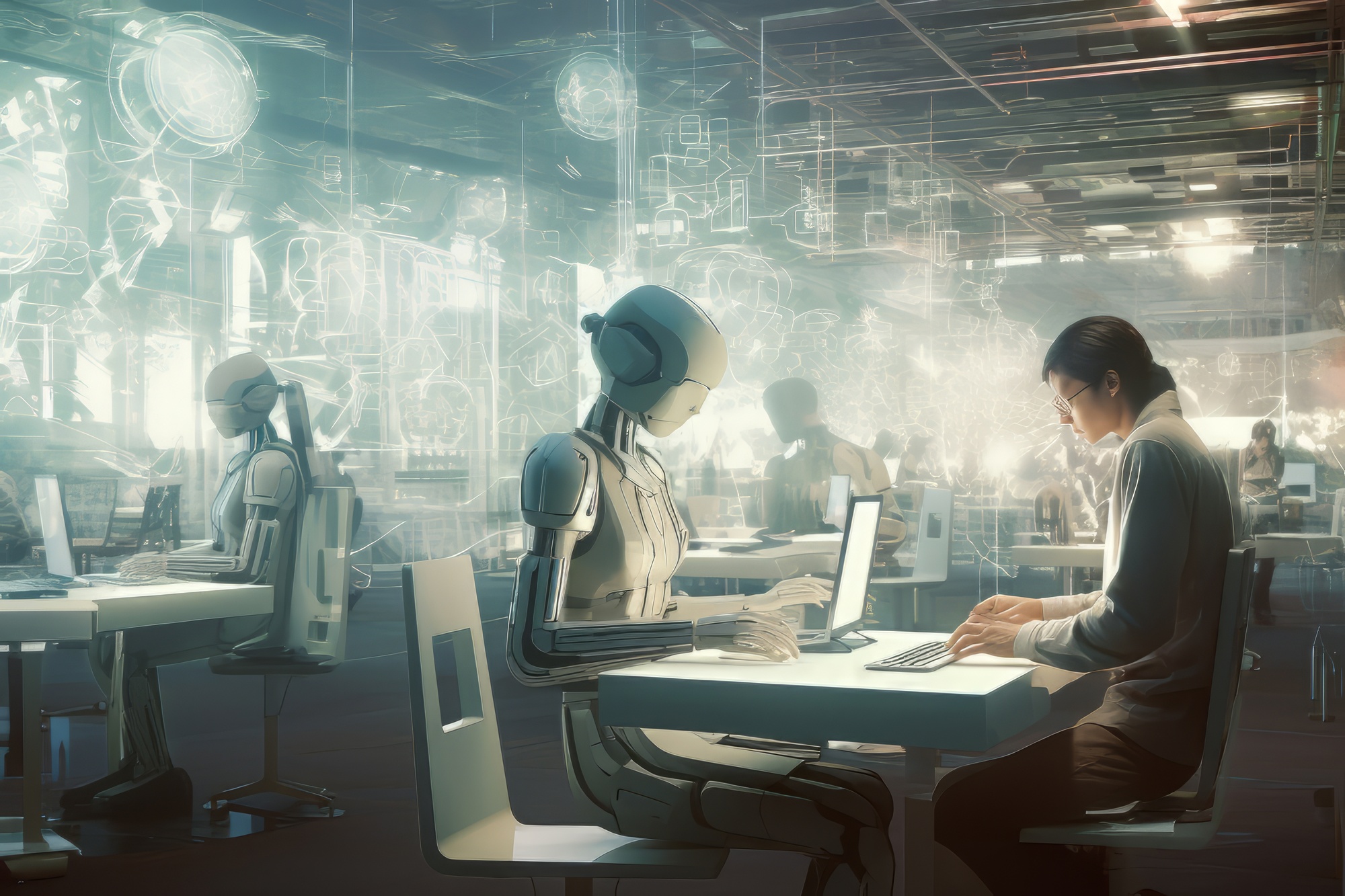Automation and the Workforce: Balancing Technology and Employment in 2023

Automating processes is changing how we work as part of the transitioning workplace, and in 2023 this relationship between automation and the workplace seems to be changing rapidly. How do we retain jobs whilst at the same time accepting the benefits that come with automation? The goal of this blog is to provide understanding of the nature of automation in the workplace whilst at the same time providing a framework for striking this balance.
With the rise of the era of artificial intelligence, automation is obtaining attention that it has not been been engaged with before. With vast improvements of AI, machine learning and robotics, firms have begun to invest in technologies that would allow them to be more efficient and reduce their costs. Job roles are being changed in every industry commencing from manufacturing and culminating with customer support. New problems arise together with the improvements: the loss of jobs and the future of the world of work.
The 4th industrial revolution brought by new technological innovations, such as robotics, artificial intelligence and others aimed at replacing human labor, have come with great concerns, regarding employment opportunities. Though some tasks that were previously performed by humans may not be done again due to the effect of automation in augmentation of labor forces, there are still specific areas that would require manual work. What this shift requires is the understanding that technology is not replacing heads or hands, but enhancing what we can achieve. This is technology’s highest point, it allows humans - workers to focus on high-level work that involves strategy, critical approach, and human emotions which no robot can simulate.
We are in stages of hybridization of the workplace, and not just automation, companies began to automate in 2023 for a different future – emphasis on human and machine collaboration. This means increasing the role of both technology and staff in the organizational process and not replacing them i.e. efficiency. For example, customer support representatives can have less basic jobs, when AI chatbots are used for answering basic questions and performing basic tasks and this allows them to focus on more complex tasks that need personal performace .
I think there’s a lot to learn from the example of hostile takeovers mentioned earlier. To successfully navigate this balance, it is essential for both employers and employees to consider upskilling and reskilling. Meaning that as the focus shifts towards self-agency and ‘great… As the shift apparently is towards automation, it would be prudent for individuals to expand their skill sets in areas that assist automation. Such could be communication as well as teamwork, and even include databases, digital communication and such. Thus, constant personal development - in the sense of learning, would allow workers to be of value in an age of widespread automation.
In addition, there are also businesses that act at a core of this change. Organizations need to inculcate a belief embracing the culture of innovation at all costs and do not encourage employees to embrace status quo. For this, there’s no need for hard prescription. Businesses not only increase the skill set of their employees, but they also ensure employee satisfaction in job and minimize turnover.
One of the issues that ought to be in the forefront of our considerations is the ethical concern. As other aspects of society change, social welfare must be taken into account, namely: job losses that are likely to be experienced, inequity among the people, and social welfare for those who will be left behind as technology advances. All those companies that will put more emphasis on wider ethical issues and social responsibility will enhance their reputation within their society and be in a much better position to sustain their people.
When we cast our minds to the future, it’s evident that there’s still more room for automation processes to evolve the employees further. The question however is how do we make sure that this change is beneficial to all in the end? This entails all working together, engaging in skills acquisition and development and maintaining best practices in social relations.
To sum up, the implication of automation on the workforce in 2023 can be said to be complicated, but it is not too rigid. Although there is a genuine threat involving job losses, there is also a potential for advancement, and that is where automation is key. By promoting an ethos of perpetual learning and ethical stewardship, we can find the right equilibrium that will boost output and safeguard the availability of jobs in the years to come. In the end we can say that we are ready for the changes that the automation will bring, and we will strive for the better working environment for all.

